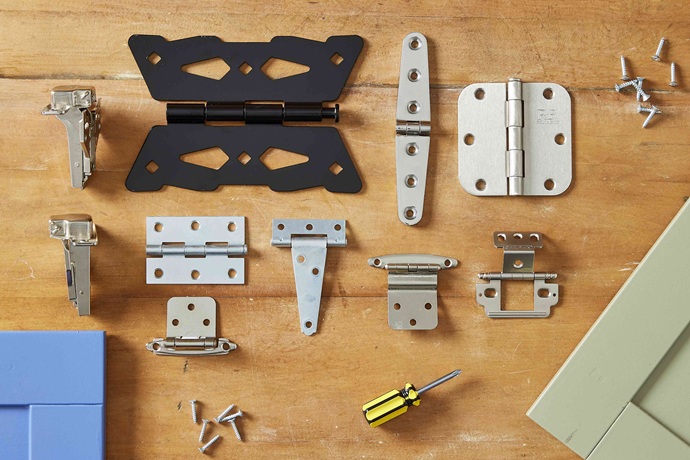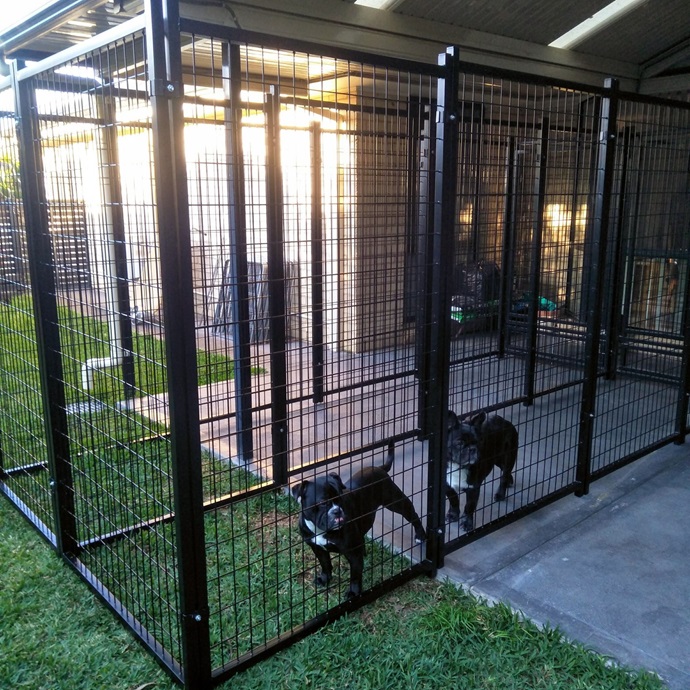Just like human babies, newborn kittens are tiny and helpless and depend entirely on their mothers to feed and take care of them. The mother’s milk provides them with all the necessary nutrition for the first month of their lives. Until they’re old enough to transition to solid food, newborn kittens need to be nursed to survive.
But if the kitten in your care has been separated from its mother prematurely or the mother cat isn’t able to feed it, its survival depends entirely up to you. So, what should you do? First of all, don’t feed it with regular cow’s milk, regardless of the cat’s age. It’s difficult to digest and can cause diarrhoea. Instead, you need to acquire a suitable milk replacement formula as well as other products for cats that can make feeding easier such as bottles, artificial nipples or eyedroppers.

The most common kitten formula is CMR or “cat milk replacer” which is formulated to mimic the caloric and nutritional content of a mother cat’s milk. It’s available as a powdered mix or in canned liquid form. Powdered formula is usually recommended to prevent diarrhoea. Never feed a kitten human baby formula or an at-home recipe as it can cause an allergic reaction or illness resulting in death. So, make sure to purchase a quality kitten mix which you can find at most pet stores and even farm stores which sell products for cats.

While you’re at it, also get a kitten bottle rubber nipples for feeding. Kittens that are prematurely born won’t be able to suck, so they will need to be fed carefully with an eyedropper. The next step is to mix the formula up with warm water and according to the manufacturer’s instructions so that it’s clump free. Before feeding, test the temperature of the formula on the inside of your wrist to make sure it’s comfortably warm
The natural position kittens feed is belly-down, so make sure to mimic it. Never feed the kitty while on its back as fluid can easily get into the lungs. If everything is okay, the kitty will start suckling to drink the formula. You can gently place a finger on its throat to determine that it’s swallowing as it eats. Never squeeze the formula forcefully and make sure that the kitty is eating at its own pace.
During the first week, you’ll need to feed the kitten every 2 hours for about 2-6 ml of formula. Then, you can start gradually increasing the amount to 10 ml during the second week, and 18 ml during the third and fourth week. You can also take longer intervals between feeding if your kitten is developing and gaining weight fast. Once it’s 5 – 8 weeks old, you can start weaning your kitten by feeding it with wet food.





















